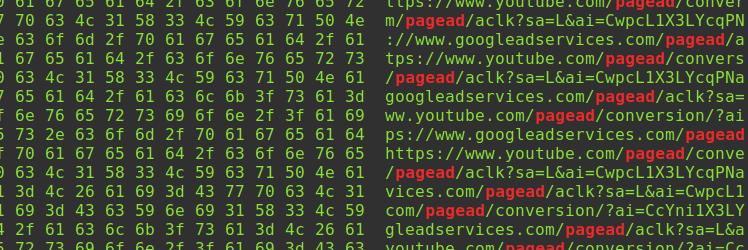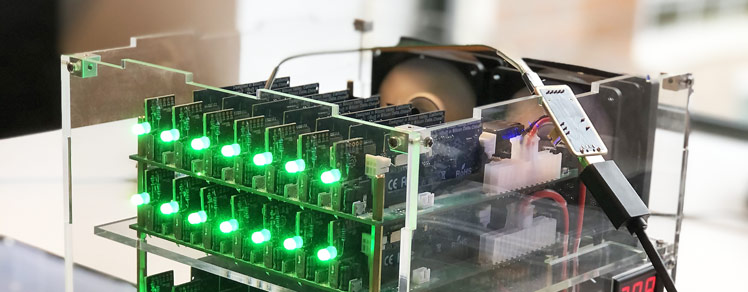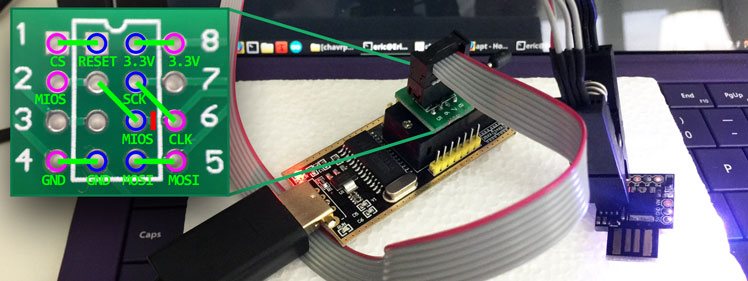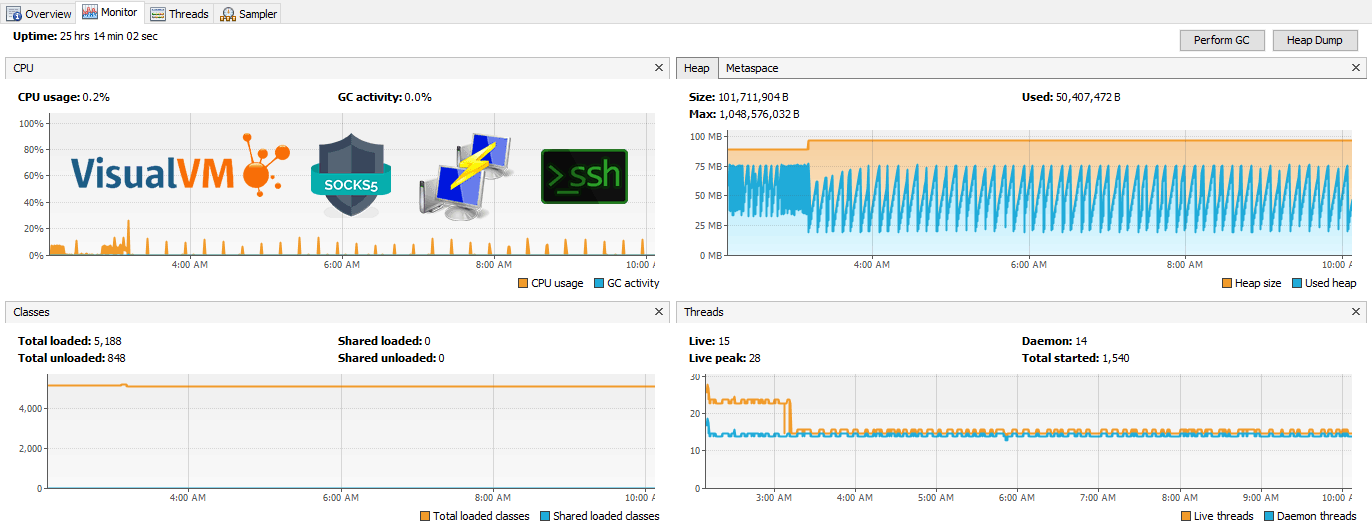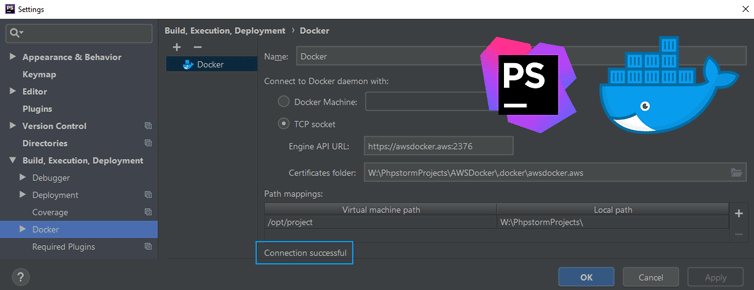With a bit of reverse-engineering, let’s figure out how to easily compile the Marlin firmware without the need for installing any of VSCode, Arduino, Python, PlatformIO, and instead leverage the existing testing framework of the Marlin team to invoke Docker and perform all the magic for us, wrapped up in a single Bash script.
Apple TV and iPhone YouTube ads are not blocked by DNS adblockers (e.g. Pi-hole), so I heavily researched this and discovered a flaw in Protobuf that allows me to restrict YouTube ads on Apple TV and iOS by simply changing one byte in the Protobuf responses after decrypting HTTPS network traffic.
These useful Linux commands and snippets are a reference for myself, all in one place, so I can refer to them quickly during my workflow without searching for them again and again. These include networking, git, grep, journald, ss/netstat, process uptime, and more. More are added as I go.
Let’s write a Python 3 daemon to animate an RGB LED according to the CPU load. Let’s also learn Python 3 from scratch as a Java developer and see all the gotchas we can encounter along the way.
A bare-metal compute node may soft-lock, spin-lock, deadlock, overheat, encounter resource starvation, the Docker daemon goes away, systemd becomes unstable, and on. In these cases, a watchdog timer acting like a dead man’s switch is not updated, a timer reaches zero and the watchdog circuit restarts all the hardware. However, the clusterboard A64 SoCs have a WDT reset problem which we solve satisfyingly.
Locate in one place all the hardware and software gotchas I’ve encountered from compiling and running the U-Boot bootloader to fixing timing issues in a cluster computer of Allwinner A64 SoCs in order to help others with similar issues and remember myself.
Each node of my cluster computer is nameless and stateless like an AWS Lambda, so the entire OS must reside in memory. Having explored minimal Debian, Alpine Linux, and even RancherOS, the most exciting conclusion is to learn to compile the embedded Linux kernel and bootloaders from scratch for ARM64 and learn how to network-boot bare-metal hardware over HTTP.
ODROID XU4s are awesome. They are 8-core, 2GHz ARM single-board computers (SBCs) with Gigabit Ethernet and USB 3.0 connections. They only have 2GB of DDR3 RAM, but when paired with a CloudShell2 case and a couple of HDDs (or SSDs), they become an impressive NAS, or better, dedicated network-activity drivers for other projects.
For my machine learning projects, I need data you just can’t buy. This requires SPA (Single-Page App) web data extraction involving multiple clicks and page scrolling that curl can’t handle. Headless Chrome puppeted by RDP (Remote Debug Protocol) is a brilliant solution for this. Here is how I orchestrated several headless Chrome instances across several VPNs in Docker.
I bricked a lot of ATtiny85 Digistump chips while I was building a custom bootloader. Here is how I unbricked them and flashed onto them bootloaders with less than $5 of hardware using an AliExpress CH341A BIOS programmer and some soldering. The problem is that the CH341A is not designed for ATtiny chips, but for flashing motherboard BIOS chips, so I had to hack it.
Let’s say I’m in a Starbucks or the airport (or both) and I want to connect to my Windows (or OSX or Linux) machine to check on things. Maybe I don’t want to take my primary computer with me on vacation; maybe I’ll just take a Chromebook. Behind a restrictive firewall all we have is port 80 and port 443 (no VNC or RDP allowed), so let’s make a secure web-based remote desktop gateway with a Raspberry Pi, Docker, and Cloudflare.
Ads are getting more and more aggressive. Some ads are even malicious. Some sites even load crypto-currency mining scripts in the background in JavaScript. Users have discovered that a lot of traffic is advertisement or tracking scripts, and putting a damaging strain on our mobile device data plans and batteries. Here I explain how to safely setup Pi-hole – a network-wide ad-traffic blocker – in a Docker container on an external Linux device as a hardware DNS server to block ads.
Normally data packets come and go on the same interface, but VPN routing causes response packets to return through the tunnel and are dropped as unsolicited traffic – the connection hangs until a timeout. This makes it difficult to SSH into a server with an active VPN connection, but I explain a way do just that.
Sometimes remote Java apps leak memory or are killed by the OS. Let’s connect through an SSH tunnel to a remote JVM running on an embedded Ubuntu system and profile memory and CPU usage with free tools VisualVM and JStatD, or Java Mission Control. No firewall adjustments are needed. We’ll also set up JMX connections to allow remote heap dumps and garbage collection. Finally, I’ll explore the features of VisualVM.
Let’s setup a remote Docker daemon on AWS and connect to it securely over HTTPS with PhpStorm. This will allow us to develop and administer Docker containers remotely with the PhpStorm IDE. Here we’ll create TLS certificates, configure the Docker daemon, verify the setup, and configure PhpStorm to even use Docker Compose remotely.

